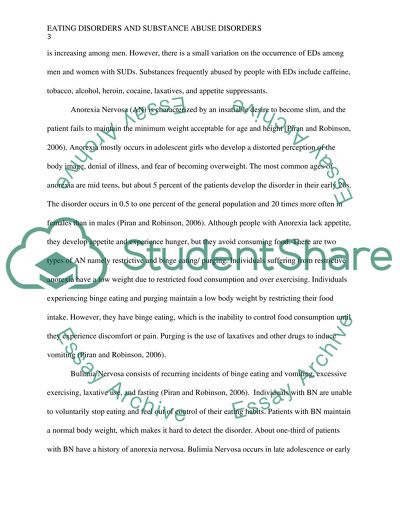Cite this document
(“Topic specifically related to substance use disorders Research Paper”, n.d.)
Retrieved from https://studentshare.org/sociology/1459658-topic-specifically-related-to-substance-use
Retrieved from https://studentshare.org/sociology/1459658-topic-specifically-related-to-substance-use
(Topic Specifically Related to Substance Use Disorders Research Paper)
https://studentshare.org/sociology/1459658-topic-specifically-related-to-substance-use.
https://studentshare.org/sociology/1459658-topic-specifically-related-to-substance-use.
“Topic Specifically Related to Substance Use Disorders Research Paper”, n.d. https://studentshare.org/sociology/1459658-topic-specifically-related-to-substance-use.


